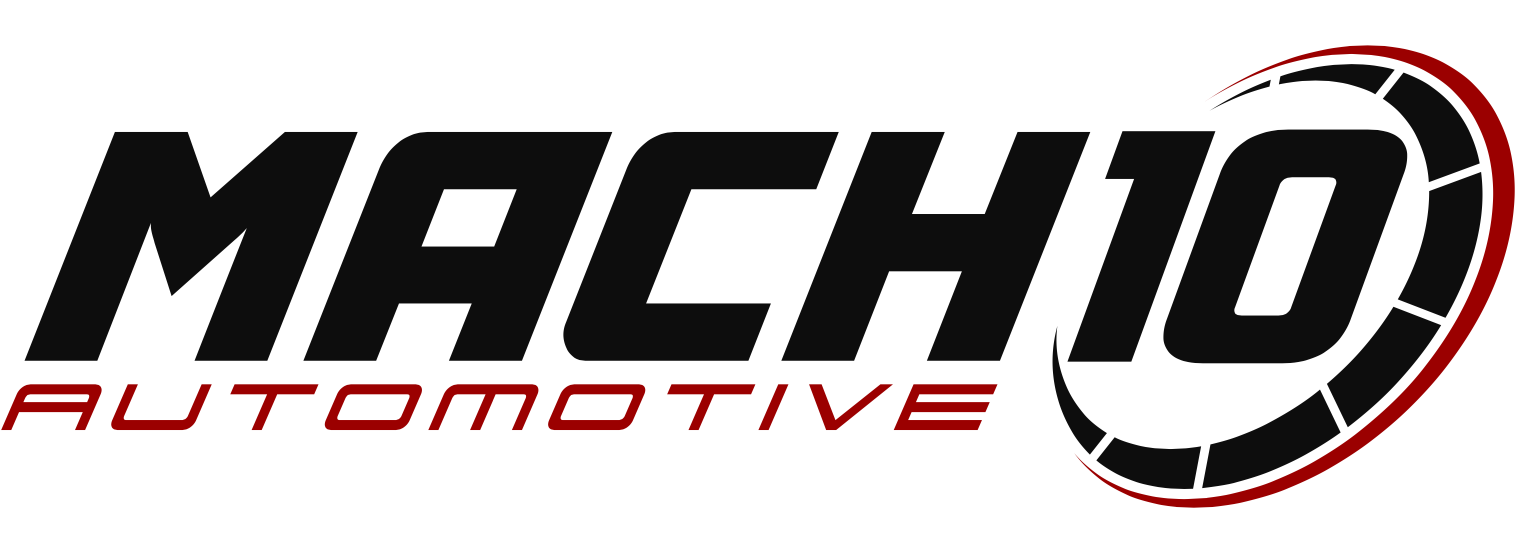In a Market with Margin Compression, Controlling and Lowering Costs is Key to Preserving Overall Profitability

The last couple of years, automotive dealers were making record profits from car sales. Fast forward and we now find ourselves in a market with significantly increased inventories. Compared to a year ago, according to Cox Auto, inventory is up by app. 914,000 vehicles, which correlates to an increase in day supply from 57 to 72 days. We are witnessing a complete pendulum swing in supply/demand dynamics with resulting dealer margin compression.
For the 11th straight month, the average transaction price (ATP) for a new vehicle in the U.S. was lower year over year as higher inventories continue to add price pressure to the market, according to Kelley Blue Book. What we usually experience in this type of cycle is that the OEMs will increase their incentives to stimulate the market and influence consumer behavior. No surprise here – that’s exactly what they are doing.
Incentive levels increased month over month and year over year in August, according to data from Kelley Blue Book. The average incentive package in August equaled 7.2% of average transaction prices, up from 7.0% in July to the highest level since the first half of 2021. A year ago, incentive spending was 4.8% of ATP.
It is unlikely for dealers to simply increase sales in this market to maintain their desired profitability. The other side of the scale – or the equation – is costs. As one dealer principal told me while I was gathering facts and information for this article: “When we are going through a phase with margin compression like we are now – we look at EVERY expense to see, where we can reduce or cut costs”. In the following, I will discuss what areas of the business dealers have control over, where they can identify opportunities for cost savings and margin preservation.
1. Inventory Management
- Flooring Plan Management: A dealer’s flooring costs are one of the highest line-item costs on the P&L. Especially during a time when inventories increase, this is a cost item that warrants close attention. In fact, more inventory being carried on the books longer has two cost elements, one being the cost of interest, insurance, and flooring fees, and the second being the effect, namely higher depreciation.
- Optimize Inventory Turn: Prioritize assessing every car in inventory to ensure that the dealership isn’t overstocking. Use data analytics to analyze turnover rates and identify slow-moving vehicles that may require discounts or promotions. And that analysis should not be limited to new cars. If the cost of holding a pre-owned vehicle can’t be offset by a retail sale, wholesaling or sending it to auction could be the best option. Utilizing a data-driven stocking strategy tailored to your market is critical, and inventory optimization software can help ensure you have the right mix of used vehicles. This includes analyzing the competitive set—what nearby dealers have in stock—and aligning with the preferences of your local demographic. As a vehicle ages, if you’ve already invested in reconditioning, it may make sense to retail it at a smaller loss rather than wholesale it for a larger loss. Consider the transaction as a whole: the reconditioning profit in your service department, gaining a new retail customer, and the potential for a trade-in. However, alternative disposition strategies should always be part of the plan when certain units aren’t moving.
- Just-in-Time (JIT) Practices: Implement JIT inventory practices to reduce holding costs and improve cash flow by ensuring that parts and cars are available only as demand dictates would be ideal, but it’s likely not a total reality. However, during a time with high inventory levels, it is to a dealer’s advantage to look at every unit as an opportunity to maximize turn rate. In some cases, getting a car from another dealer in a specific spec/trim/color will incur cost of transportation, but the overall expense may be less than carrying a car on your flooring plan for an extended period. And trading on the ground inventory, for units further out in the pipeline could help reduce costs and get you closer to “just in time”.
2. Sales Processes
- Salesmanship (Training): Unlike the market we had 2-3 years ago where tight supplies was the lever to sell at a high price, we now find ourselves in a market where true salesmanship is in high demand. It’s important to invest in sales training that gives staff the skills to effectively upsell and cross-sell additional products to help bolster margins.
- Sales Technology: Leverage CRM systems to optimize follow-up processes and lead tracking, ensuring that sales staff can capitalize on opportunities quickly, reducing wasted time and lost sales. Integrate the latest, consumer-preferred communication methods, i.e., texting, and video messaging to convert every opportunity.
3. F&I Product Offerings
We all hear the narrative, when grosses go down in the front, the pressure comes to the back. Meaning, margin compression puts the spotlight on the F&I and Fixed Operations departments to maximize every transaction. Regardless of the business climate we’re in, F&I producers have a responsibility to present every product to every customer, to give them all the same opportunity to protect every part of their investment. In addition to seeking the best talent in F&I, and investing in training and development, the best way to maximize F&I includes:
- Diversification of F&I Products: Review F&I product mix and assess customer needs to tailor offerings. Ensure sales and finance staff are well-trained to present these products without pressure, focusing on their value to the customers.
- Streamlining F&I Processes: Automate paperwork and streamline processes in the F&I department to reduce time spent on transactions and improve the customer experience.
4. Operational Efficiency
- Identify Cost Savings and Up-sell Opportunities in Service/Parts Operations: Analyze the service department to identify inefficiencies, such as labor costs, technician productivity, and parts inventory. Implement strategies to improve service retention and upsell service contracts. Implement a policy on discounting parts and service; many dealers offer discounts on service that are not warranted.
- Electronic Repair Order Systems: Use technology to enhance communication between service advisors, technicians, and the parts department, reducing delays and improving workflow and efficiencies in the service department.
5. Marketing and Advertising
- Targeted Marketing Campaigns: Shift marketing budgets toward targeted digital marketing strategies that effectively reach the right audience rather than broad-brush campaigns that may yield low ROI.
- Analyze ROI on Marketing Spend: Measure the effectiveness of marketing activities and reallocate funds to the most successful strategies based on performance data.
6. Facility Operations
- Energy Efficiency: Conduct an energy audit and implement cost-saving measures such as LED lighting, smart thermostats, and energy-efficient appliances to reduce utility costs.
- Space Utilization: Evaluate the dealership layout to ensure it maximizes efficiency. Consider reorganizing spaces for better flow, reducing unnecessary overhead costs related to space management.
7. Vendor Relationships and Expenses
- Negotiate with Suppliers: Assess relationships with parts suppliers, floor plan lenders, and other vendors to negotiate better terms and pricing. Building competitive relationships can help reduce costs significantly.
- Group Purchasing: Consider joining a cooperative purchasing group to leverage collective buying power, which can lead to discounts on parts, supplies, and other operational needs.
8. Labor Costs
- Labor Analysis: Evaluate pay plans and labor costs in relation to productivity. Identify areas where staffing may need to be adjusted or where efficiencies can be improved.
- Cross-Training Employees: Implement cross-training for staff in various departments to create a more flexible workforce that can adapt to fluctuating demands and mitigate overtime costs.
9. Customer Retention Strategies
- Identify Opportunities within existing Portfolio: Analyze the current portfolio and contact customers who have equity or a high monthly payment where you can get them into a new car with no out of pocket expenses, and potentially even at a lower monthly payment.
- Enhance Customer Experience: Focus on improving the overall customer experience through personalized service and follow-ups to boost loyalty and repeat business, which can offset margin pressures.
- Loyalty Programs: Develop loyalty programs that incentivize repeat purchases and service visits, which can enhance customer retention and generate additional revenue streams.
By systematically assessing the outlined operational areas of their business, automotive dealers can identify cost-saving opportunities, streamline processes, and ultimately preserve their overall margins despite the pressures of margin compression in the marketplace.
Author: Becca Villegas : Prior to joining Mach10, Becca held key roles in Inventory Management, Sales Operations, and Dealer Relations Management for Mercedes-Benz USA & Mercedes-Benz Financial Services (MBFS). Most recently, Becca served as the Operations Director for a prominent dealership group encompassing 14 new car franchises.










